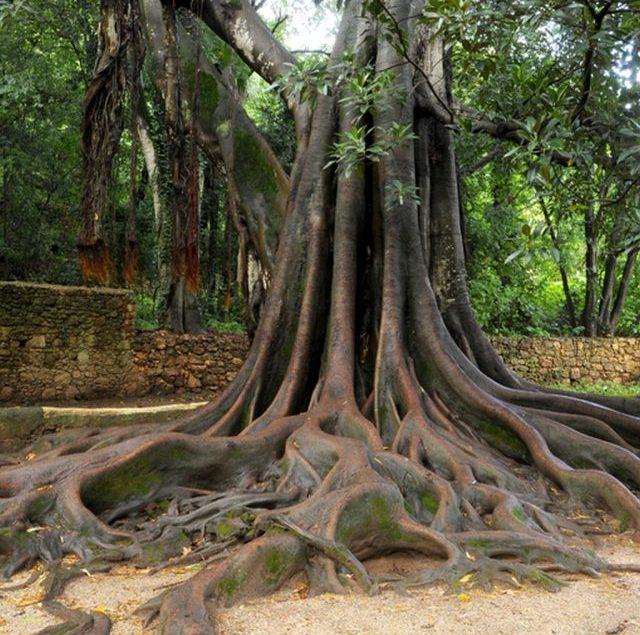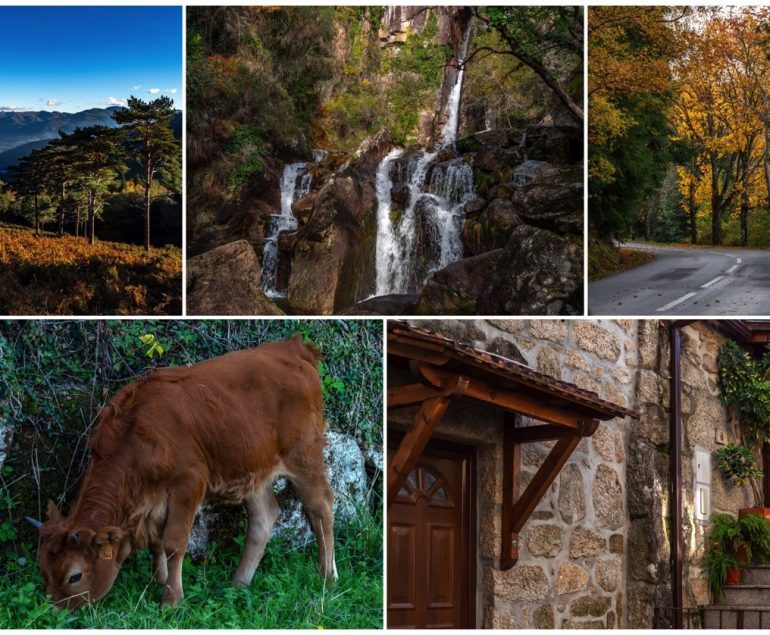
The royal structure of Mafra, encompassing a palace, monastery, and cathedral, stands as one of Europe’s most significant historical landmarks and a must-visit destination for travellers exploring the Greater Lisbon area.
Its origins trace back to a promise made by Portugal’s King João V, who vowed to construct a convent in Mafra if he was blessed with an heir to the throne. Following the advice of Friar António de São José, a Franciscan who thought Mafra had ties to ancient fertility rituals, construction started after the birth of his son.
Despite the tragic death of the young prince at the age of two, construction persisted, culminating in the completion of the colossal structure between 1717 and 1730. It involved the labour of 50,000 workers and over a thousand oxen, followed by elaborate festivities lasting eight days and nights.
The façade of the edifice, showcasing remarkable Italianate design, spans an impressive 220 metres (722 feet), surpassing the renowned Escorial in neighbouring Spain. The building, which Johann Friedrich Ludwig of Germany designed, has 880 chambers and rooms as well as 4,500 doors and windows, far exceeding its original purpose of housing only thirteen friars.
Despite the grandeur of Mafra, few Portuguese monarchs, aside from King João V and King Carlos I, found solace within its walls. Many of its doors and windows remained closed, and its corridors were often deserted.
The significance of Mafra in Portuguese history was underscored on October 4, 1910, when King Manuel II and the Queen Mother spent their final night in the palace chambers before departing for England, signalling the end of an almost eight-century-old monarchy. Their departure from Praia das Ribas at Ericeira marked a definitive moment in Portugal’s history.

The massive marble basilica of the structure, designed mostly in Italian neoclassicism and German baroque styles, is surmounted by a vast cupola 70 meters (230 ft) high in the center of two long wings, with colossal sculptures of the saints standing guard at the entrance.
The beautiful rococo library, which measures 88 metres (288 feet) in length, is the crowning glory of this colossal building. It has 40,000 volumes, a wonderful collection of ancient maps, and is painted in grisaille with beautiful gilding and numerous windows.
The inside of the church, with its beautiful central facade, features a variety of superb pink, grey, and white marbles mined from various areas of Portugal, while its minaret-like towers hold two sets of carillons manufactured in Malines near Brussels in 1730.
Mafra, a tiny market town located 40 kilometers (25 miles) northwest of Lisbon, was formerly a hilltop village inhabited by Celts and Lusitanians and then conquered by the Romans and Moors. While in the region, it is also worth seeing the royal game reserve, the Tapada de Mafra, which is located 7 km (4 miles) north of the town and is home to deer, foxes, wild boar, hares, and other animals.





